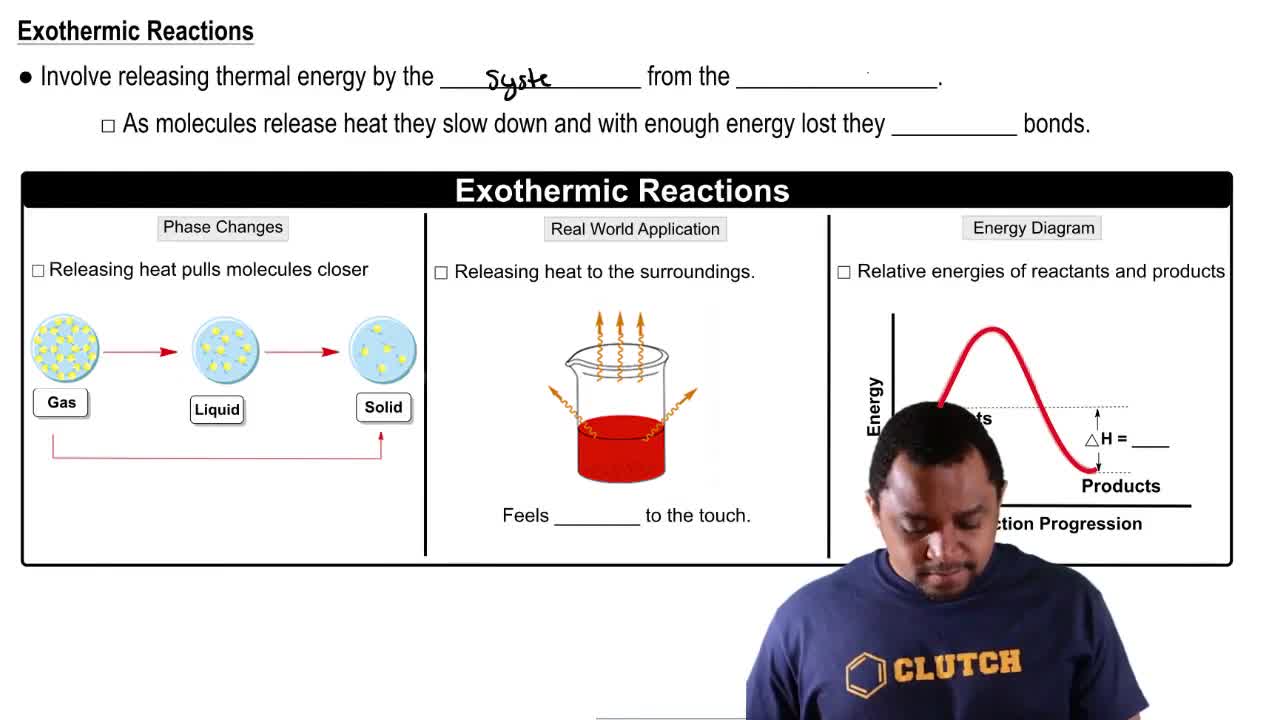Consider the reaction below:
CH4 (g) + F2 (g) ⇌ CF4 (g) + HF (g) H = + 38.1 KJ/mol
The following changes will shift the equilibrium to the left except one. Which one would not cause a shift to the left?
 Verified step by step guidance
Verified step by step guidance Verified video answer for a similar problem:
Verified video answer for a similar problem:

